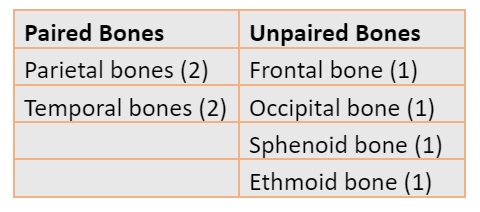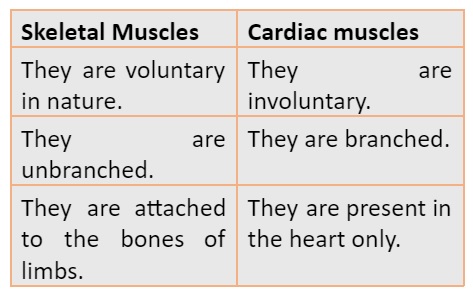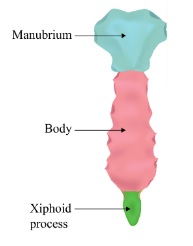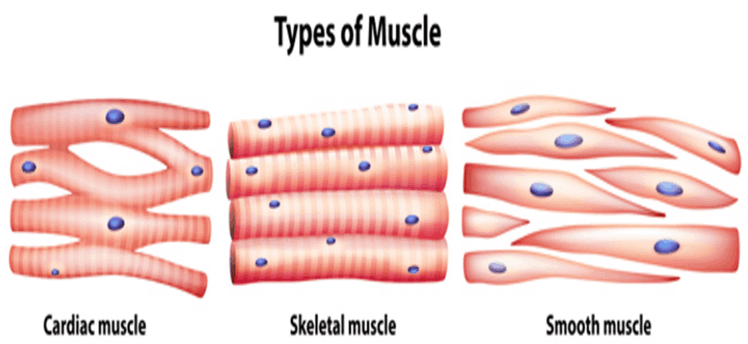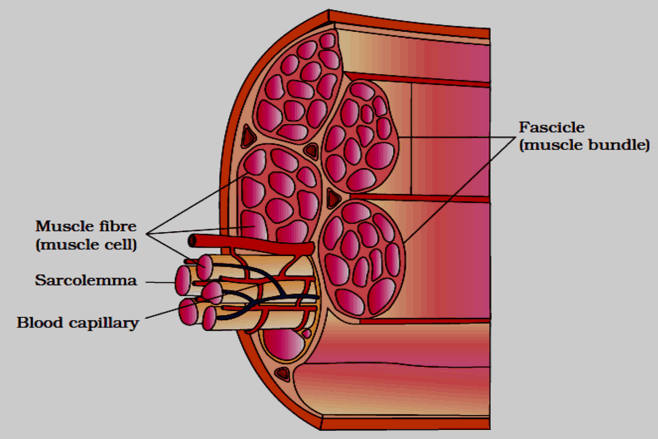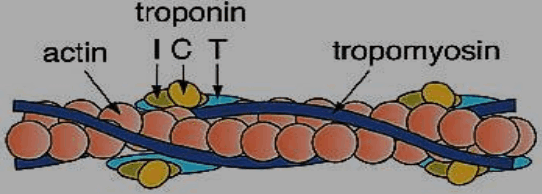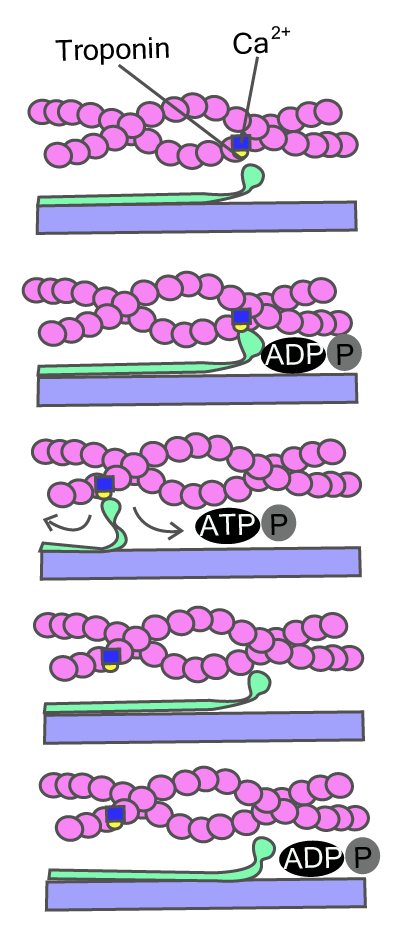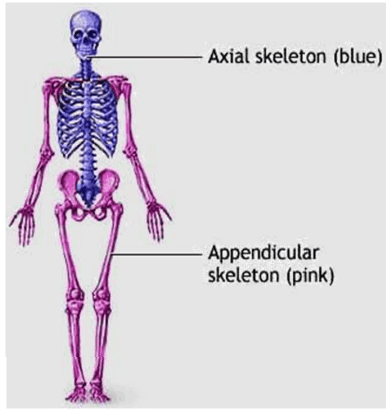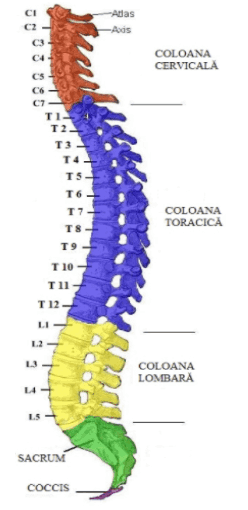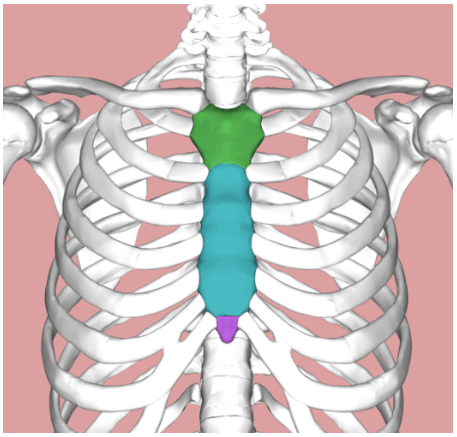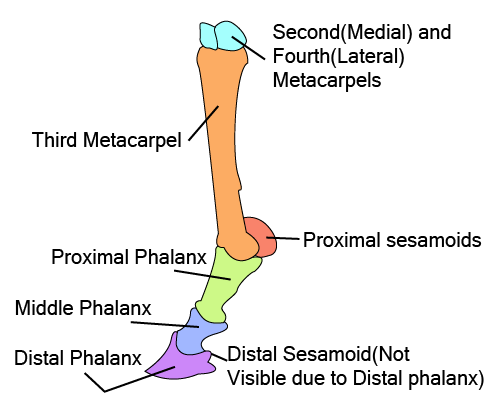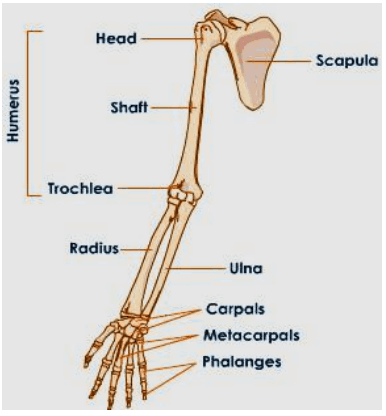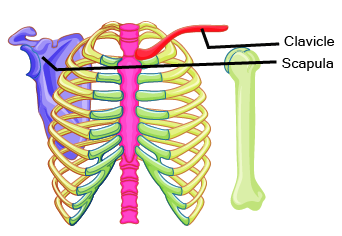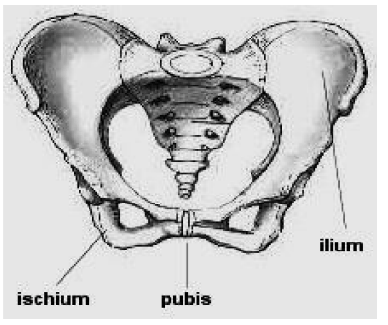Chapter 17 Locomotion And Movement Class 11 Notes PDF Download - FREE
FAQs on Locomotion And Movement Class 11 Notes: CBSE Biology Chapter 17
1. Explain the Importance of Biology Revision Notes While Preparation?
Once you are done with chapter you can refer revision notes for further preparation as revising the same concepts again and again make you memorise concepts easily. You can prepare your revision notes but in lack of time you all want notes full of important concepts and the most important point in a highlighted format.
2. How Vedantu Class 11 Biology Chapter Locomotion And Movement Notes are Important for Exam Preparation?
Note prepared by vedantu categories concepts of each chapter in a very precise and creative way to make you learn concepts easily. We prepared notes by keeping in mind the mental stability of each student. Going through biology revision notes prepared by Vedantu again and again will definitely help you in performing well in your academics and other competitive exams like NEET, PAT, etc.
3. What is the 11th locomotion?
As Chapter 17 of Class 11 Biology teaches students locomotion, movement, and various factors associated with them, locomotion in simple terms means a movement accompanied by a location change. That is, locomotion is a voluntary change in the location of an organism from one place to another. Examples of locomotion include walking, running, swimming, climbing, and other activities. Also, all kinds of locomotion can be seen as movements, but the vice-versa is not true as movements do not change locations.
4. What is the difference between locomotion and movement?
Locomotion and movement are two important areas of study as far as living organisms are considered because they pose as the distinguishing factor between living things and all non-living things. So, the following points are clearly stated to emphasize the difference between the two terms, locomotion and movement.
Movement can happen without a change in position while locomotion involves a movement with position change.
Movement can be involuntary whereas locomotion is always voluntary.
Movement requires energy but locomotion does not.
5. What is movement in Biology Class 11?
Chapter 17 of Class 11 Biology for students is named ‘Locomotion and Movement’. The chapter discusses in detail different concepts related to the terms locomotion and movement. As such, movement is identified when a body or a living organism moves parts of its body or the entire body such that there is no change in its location from one place to another. Thus, movement happens every second and is one of the most important things differentiating living beings from others.
6. What topics are covered in Vedantu'sClass 11 Locomotion And Movement Notes?
Vedantu's Locomotion And Movement Class 11 Notes cover topics such as types of locomotion, human skeletal and muscular systems, mechanisms of muscle contraction, bone structure, and related disorders.
7. Where can we download the notes for Class 11 Biology, Chapter 17?
Students frequently employ notes as a last-minute revision refuge since they are brief, crisp, clear, and plainly stated. These notes are available for download almost everywhere on the internet because they are professionally created by in-house experts who are knowledgeable about the subjects. Among these wide-ranging varieties of notes, Vedantu clearly outperforms them all because they offer CBSE revision notes developed with expert advice that include chapter 17 concept explanation in simple terms, hints, etc. which are conveniently accessible CBSE Class 11 Biology Revision Notes Chapter 17. These notes are available on the Vedantu website at FREE of cost.
8. How can Locomotion And Movement Short Notes help with exam preparation?
Locomotion And Movement Class 11 Notes summarise key concepts and provide clear explanations, which can help with effective revision and better retention of information for exams.
9. Are there any practice questions included in the Class 11 Locomotion And Movement Notes?
Vedantu’s Class 11 Locomotion And Movement Notes often include practice questions or sample problems to test understanding and application of the concepts covered.
10. Can I download Locomotion And Movement Short Notes for offline use?
Yes, Vedantu provides options to download the notes as PDFs, allowing for offline study and review.
11. How are the concepts simplified in Locomotion And Movement Class 11 Notes?
Locomotion And Movement Class 11 Notes simplify complex concepts using clear language, step-by-step explanations, and easy-to-understand diagrams.
























